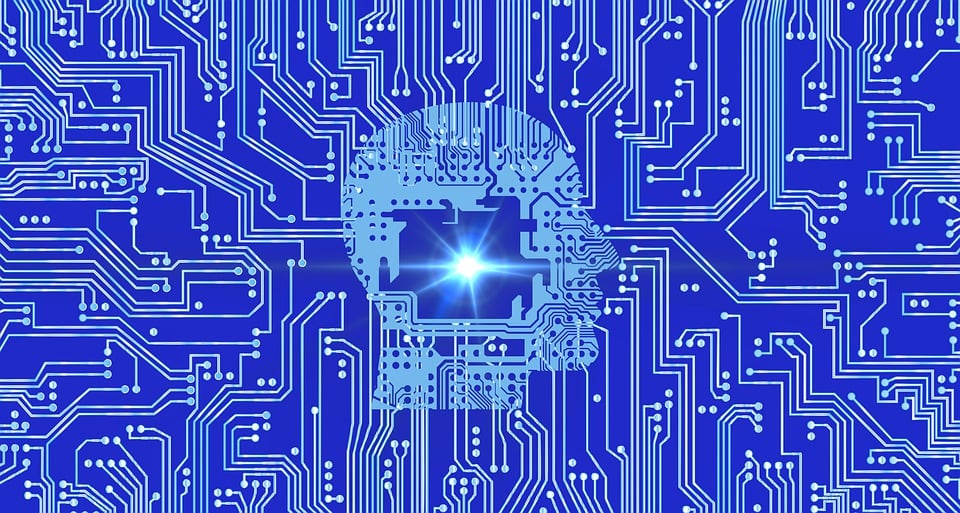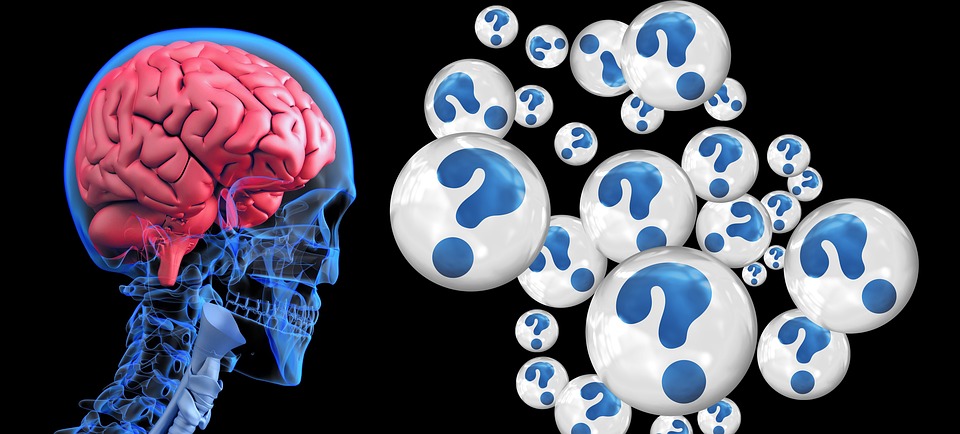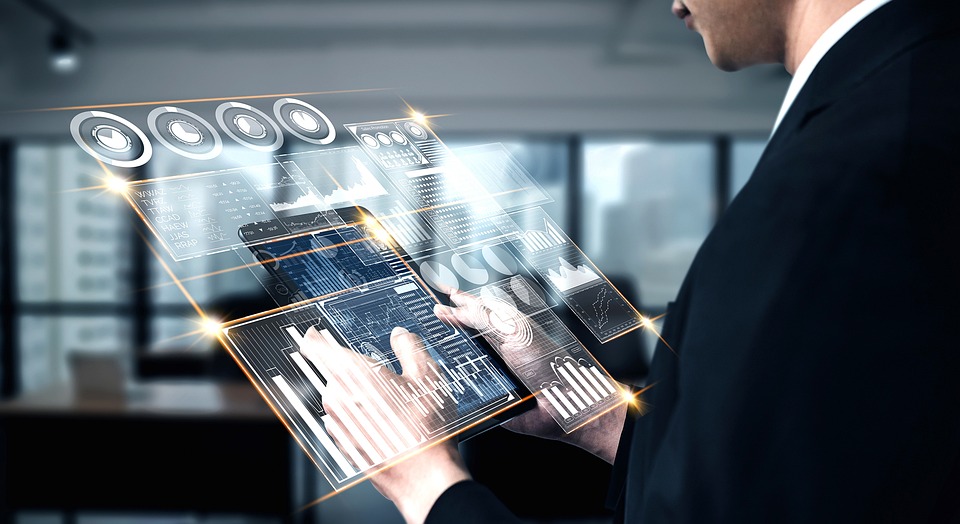Unveiling AI Art: How Algorithms are Redefining the Boundaries of Creativity
In recent years, the world has witnessed a significant rise in the use of Artificial Intelligence (AI) across various domains. From self-driving cars to voice-activated assistants, AI has become an integral part of our daily lives. However, one area where AI is making waves and creating endless possibilities is in the realm of art.
AI-powered algorithms are now capable of creating stunning artwork that challenges traditional notions of creativity. These algorithms have the potential to redefine the boundaries of art and shake the foundations of what we perceive as artistic creation. This article will delve deeper into the world of AI art, exploring how algorithms are revolutionizing creativity.
Artificial Intelligence in the hands of artists allows for the creation of entirely unique and mesmerizing pieces. These algorithms are capable of analyzing vast amounts of data, learning from patterns, and generating artwork that replicates various artistic styles. They can mimic the techniques of famous painters like Picasso or Van Gogh, producing art that is indistinguishable from the works of human artists.
But AI art goes beyond mere replication. Algorithms are not confined by the limitations of human creativity, and they can push the boundaries to create entirely new and innovative styles. By combining different datasets and analyzing patterns in ways that human artists may not even consider, AI algorithms can produce artwork that challenges our perception of what is possible.
One prominent example of AI art is the work of Robbie Barrat, a young artist who uses AI algorithms to create abstract and thought-provoking pieces. Barrat trains his algorithms on hundreds of thousands of images and then lets them generate new compositions based on what they have learned. The result is a fusion of human and machine creativity, producing artwork that is both familiar and yet entirely novel.
AI art has also found its way into the world of fine art auctions. In 2018, an AI-generated artwork titled “Portrait of Edmond de Belamy” sold for a staggering $432,500 at Christie’s auction house. This marked the first time a piece of AI-generated art was sold at a prestigious auction, solidifying the growing recognition and acceptance of AI in the art world.
However, the emergence of AI art has also sparked debates and raised important questions. Critics argue that AI-generated artwork lacks the soul and emotion that human artists bring to their creations. They claim that algorithms can never truly capture the depth and complexity of human experiences and emotions, which are inherent in traditional art.
In response, proponents of AI art argue that these algorithms can be seen as a new form of artistic expression. They believe that AI-generated artwork represents a fusion of human creativity and machine intelligence, giving birth to a new wave of artistic possibilities. AI algorithms can challenge our preconceived notions about creativity and force us to reevaluate what it means to be an artist.
FAQs:
Q: Can AI algorithms surpass human artistic capabilities?
A: While AI algorithms are capable of creating stunning artwork, some argue that they can never fully replicate the depth and emotion brought by human artists. However, they push the boundaries and open new horizons for artistic expression.
Q: Does AI art diminish the value of traditional art?
A: AI art is seen by some as a new form of artistic expression rather than a replacement for traditional art. It brings a fresh perspective and challenges existing notions of creativity.
Q: Are AI algorithms truly creative?
A: The debate around the creativity of AI algorithms is ongoing. While they can produce innovative and unique artwork, they lack the consciousness and subjective experiences that human artists possess.
Q: What impact does AI art have on the art market?
A: The emergence of AI art has had a significant impact on the art market. It has attracted both art enthusiasts and collectors, leading to the inclusion of AI-generated artwork in prestigious auctions and galleries.
In conclusion, AI art is revolutionizing the boundaries of creativity. These algorithms, armed with vast amounts of data and powerful analytical capabilities, are capable of generating artwork that challenges traditional notions of artistic creation. While the debate about the soul and emotion of AI art continues, there is no denying that these algorithms are reshaping the art world and forcing us to reconsider what it means to create. The fusion of human creativity and machine intelligence opens up a new chapter in the history of art, where the boundaries are limitless and the possibilities are infinite.









